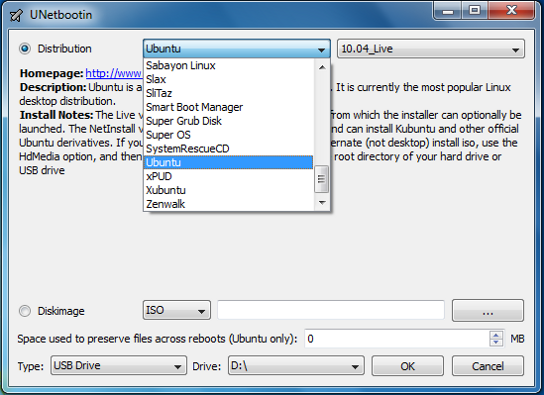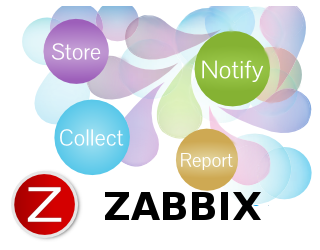Geek Software of the Week: UnetBootin!
 Do you need a bootable USB stick? Well, here’s a neat way to get one! This week’s GSotW, UnetBootin! It is awesome!
Do you need a bootable USB stick? Well, here’s a neat way to get one! This week’s GSotW, UnetBootin! It is awesome!
“UNetbootin allows you to create bootable Live USB drives for Ubuntu, Fedora, and other Linux distributions without burning a CD. It runs on Windows, Linux, and Mac OS X. You can either let UNetbootin download one of the many distributions supported out-of-the-box for you, or supply your own Linux .iso file if you’ve already downloaded one or your preferred distribution isn’t on the list.
UNetbootin can create a bootable Live USB drive, or it can make a ‘frugal install’ on your local hard disk if you don’t have a USB drive. It loads distributions either by downloading a ISO (CD image) files for you, or by using an ISO file you’ve already downloaded.
For the Live USB creation mode, UNetbootin downloads and extracts an ISO file to your USB drive, generates an appropriate syslinux config file, and makes your USB drive bootable using syslinux.
For the Hard Disk / ‘frugal install’ mode, UNetbootin uses a Windows or Linux-based installer to install a small modification to the bootloader (bootmgr and bcdedit on Vista, grldr and boot.ini for NT-based systems, grub.exe and config.sys for Win9x, or GRUB on Linux, uses the bootloader to boot the desired distribution’s installer or to load the system utility, no CD required. After the distribution has been installed, or once done using the system utility, the modification to the bootloader is then undone.”



 Zabbix is an Enterprise-class system and network monitoring solution that is Open Source, and therefore, FREE! Check out the excellent features!
Zabbix is an Enterprise-class system and network monitoring solution that is Open Source, and therefore, FREE! Check out the excellent features!